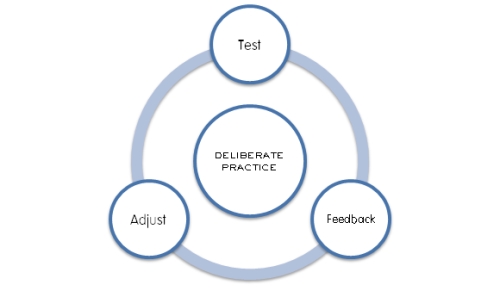Is Laptop Coaching Taking the Drama Out of Cricket?
A new phrase is creeping in to cricket: Laptop coaching. And it’s not seen as a good thing.
It’s all pervasive in professional cricket: Analysts record every ball of matches and coaches pour over the stats looking for trends. Innings and bowling spells are recorded and catalogued for later analysis. Critics say the approach is responsible for creating robotic cricketers with no life skills beyond the ability to ‘hit the right areas’.
2 Reasons Why Every Cricket Coach Needs to Qualify
Today's guest article is from club cricket development expert Greg Wright.
Being qualified and certified to coach cricket is not an ideal it’s a MUST, here's why.
First things first; if you're dealing with children, it's common sense and best practice to ensure coaches are certified. This covers both insurance and peace of mind.
Scoring is Dead
 With her flask of tea, well sharpened pencils and unflinching concentration, the scorer is a cornerstone of club cricket. Despite her loyalty, a cricket team bent on success needs more than a tidy book and timely averages at the end of the season.
With her flask of tea, well sharpened pencils and unflinching concentration, the scorer is a cornerstone of club cricket. Despite her loyalty, a cricket team bent on success needs more than a tidy book and timely averages at the end of the season.
How to Bridge the Gap Between Junior and Senior Cricket
Do you remember the first game of adult cricket you played?
It’s quite a shock to the system. One day a youngster brought up on 20 over evening cricket against teenagers is asked to play for 50 or more overs in the afternoon sunshine. It takes time to adapt physically and mentally.
Often, players asked to make this jump take one look at the chasm (the time it takes, the snarling full grown men) and decide not to even try. They are lost to the game. It’s all the more sad when you see talented players fall by the wayside.
Adapting cricket drills: Introduction
If I do say so myself, we are pretty awesome at PitchVision Academy. Where else can you find so many drills for every cricket skill?
But we are only so great because you are so great right back. You are not about getting fed exactly what to do. You want to learn why you’re doing something so you can improve on things yourself without our help.
That’s why we showed you how to design your own drills.
Overs under the belt: When is playing more important than practice?
In opposition to the traditionalist’s view of preparation, England’s bowlers prepare for the first Ashes Test of 2009-10 by skipping a warm up match.
Critics say that bowlers need competitive overs ‘under the belt’ rather than hours in the nets.
It’s a common quandary for those lower down the scale too.
The art of using technology in cricket coaching
A bad butcher with a sharp knife is still a bad butcher.
And for cricket coaches, technology is the same: A shiny tool can make you feel like you are going to make a difference to players. But in reality the best thing technology can do is add to good coaching, not make bad coaches better.
And at worst, technology can become a distraction from the coaching process. You can spend so much time tinkering that you get less done than you would have if you had just set up some cones and balls.
Free cricket drills from Inspired Cricket
Great news for all fans of cricket coaching drills: We have been given a bucketful to give away by the very kind guys at Inspired Cricket.
The drills cover 12 areas for all ages including:
- Warming up
- Agility training
- Fielding
- Net ideas
- Wicketkeeping
All produced in the innovative style that has made Inspired the talk of cricket coaching circles.
What goes into 10,000 hours of practice?
 Research has shown that it takes around 10 years of daily practice (2-3 hours a day) to reach the pinnacle of any discipline.
Research has shown that it takes around 10 years of daily practice (2-3 hours a day) to reach the pinnacle of any discipline.
It’s where the famous 10,000 hour rule comes from. It’s a rule so powerful it can make anyone a decent cricketer no matter how much natural talent they have (or lack).
Why you shouldn’t ‘take the positives’ from a loss
This is a guest article from Laurie Ward
In modern cricket-speak, losing captains are quick to say “we will take the positives from this game” when they have been played off the park.
But do they really? Or is it just fluff for the media?
In reality the team and coach will look at what went wrong in the cold light of day and then work hard to put things right.

